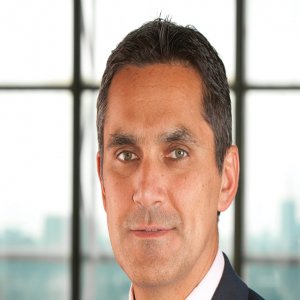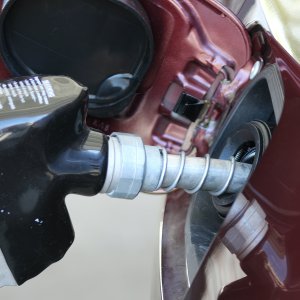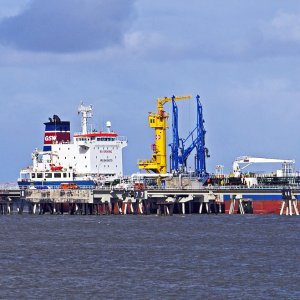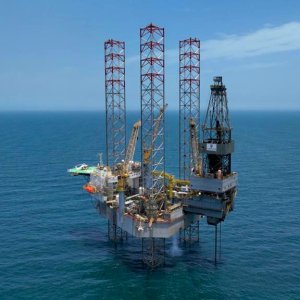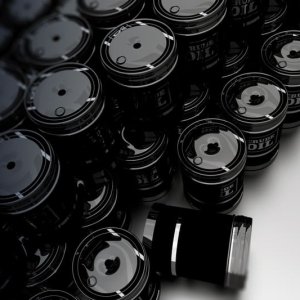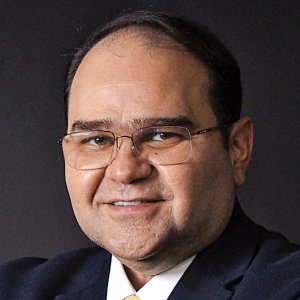Addressing PEMEX’s Pipeline Corrosion Issues

STORY INLINE POST
“There are markets where a physical presence in the country is both justified and necessary in order to operate succesfully, and such is the case for Mexico,” says Alejandro Gutiérrez, Director General of United Pipeline Systems, which has been operating in Mexico for 20 years. “PEMEX is a client worth investing both time and resources in to develop a long-term relationship. If United Pipeline Systems did not have a permanent presence in Mexico, I do not see how this could be a sustainable and financially viable operation.” Aegion Corporation is the parent company of United Pipeline Systems as well as seven other operating companies, including Insituform, Bayou, Brinderson, Corrpro, CRTS, Fibrwrap Construction, and Fyfe. Aegion’s companies are all global leaders in infrastructure protection, with United Pipeline Systems being among the world leaders in lining technology to protect pipelines from corrosion and abrasion in the oil and gas industry. “We consider our company to be a niche player in the many markets it participates in. One of the ways we differentiate ourselves is by having an integrated approach to solving our clients’ problems,” says Gutiérrez. “United Pipeline Systems initially started operating in the onshore pipeline segment, although it now offers offshore services despite it being a complex market to penetrate.”
The first step in pipeline protection is identifying the source of corrosion, such as the high amounts of hydrogen sulfide contained in most of the sour oil and gas produced in Mexico. Water has also long proven to be a headache for oil companies, as it causes integrity issues in pipelines, storage tanks, and production facilities. The situation is further complicated by the fact that Mexico’s declining reservoirs often produce increasing amounts of water. “All United Pipeline Systems solutions are inert to sulfur and to most of the chemical components of extracted water, crude, or gas, allowing our liners to effectively address the root cause of corrosion,” says Gutiérrez. “United Pipeline Systems is offering and installing a system that creates a barrier between corrosive fluids and steel pipes. Once installed, a liner will operate for years without the need for maintenance, even exceeding the life expectancy of a field.”
Gutiérrez admits that every project poses its own technical challenges, but the United Pipeline Systems team has learned to overcome these despite a lack of flexibility, which Gutiérrez identifies as the biggest obstacle when working with PEMEX. For instance, sometimes a pipeline is too important in the production or transportation process, therefore it cannot be removed in order to be restored. To overcome such limitations, United Pipeline Systems splits up projects into different stages. Now PEMEX halts operations involving the affected pipeline for short periods of time to allow the installation of the liner in each section until the pipeline is restored.
United Pipeline Systems has grown both organically and through the acquisition of companies compatible with its portfolio. The company has teams dedicated to identifying technological advancements that can add value to its existing products, and also invests heavily in R&D. Another growth strategy consists of creating powerful synergies with other companies to improve technological capacity. For example, the combination of United Pipeline Systems, a market leader in thermoplastic liners to address internal pipeline corrosion, and United Rotolining, which provides internal coating of fittings and production equipment applied through rotational lining, allows these companies to provide a complete internal corrosion protection solution. “United Pipeline Systems also provides turnkey solutions and is trying to get more involved in the engineering stage of projects. This is demonstrated in the contract United Pipeline Systems signed with PEMEX Procurement International (PPI) a few years back,” says Gutiérrez.
As for many other players in the Mexican oil and gas sector, the months prior to the passing of the 2013 Energy Reform were difficult for United Pipeline Systems. Nonetheless, Gutiérrez is optimistic that PEMEX’s strategy for sustained oil and gas production will drive the industry’s development in the coming years, enhancing growth and creating opportunities. “We are just waiting for the dust to settle. The company is well positioned from a technological point of view and we have great staff. This will enable United Pipeline Systems to seize opportunities,” says Gutiérrez. “PEMEX will invest significantly in gas developments in the north, probably providing opportunities that the private sector could capitalize on. In the upstream market, we foresee increased investment in secondary and tertiary recovery initiatives in mature fields which will create associated corrosion challenges in pipelines, storage tanks, and production facilities. The oil company will also pay close attention to offshore exploration and production, a market we are ready and willing to partake in.”
